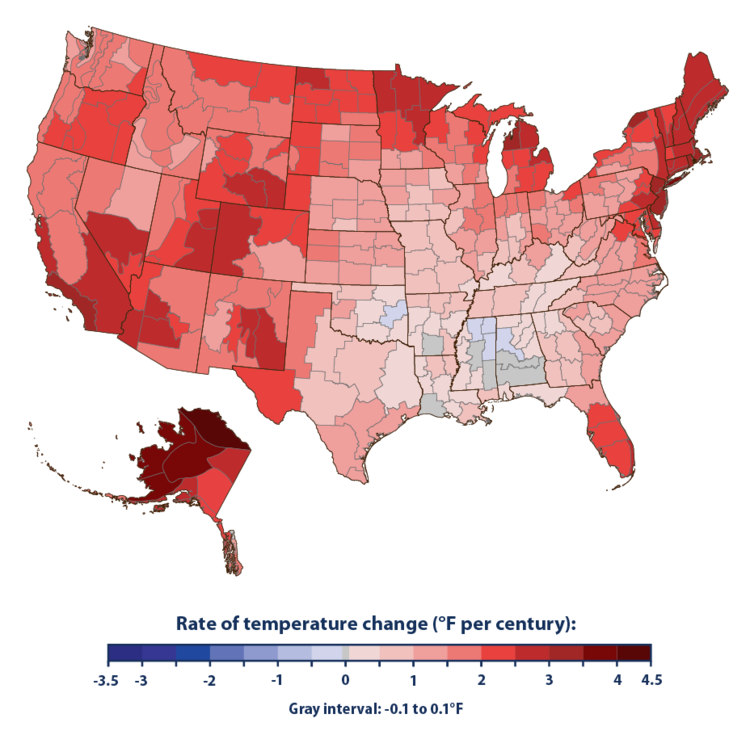Ann Arbor (Informed Comment) – A new United Nations-sponsored report finds that governments continue to sponsor the extraction of so much coal, oil and gas for human consumption that we cannot possibly, at this rate, hope to keep global heating to an extra 2.7° F. (1.5° C.) beyond per-industrial levels.
At the same time, the BBC has seen leaks of thousands of documents showing that Saudi Arabia, Australia and Japan have lobbied the UN to downplay the need to move away from fossil fuels. Saudi Arabia is the world’s major petroleum exporter and Australia is a major coal exporter. Why Japan is in this company is hard to understand, since it has no significant hydrocarbons. Maybe it is being blackmailed by its fossil fuel suppliers.
The documents contain comments on drafts of the International Panel on Climate Change Reports.
Justin Rowlatt and Tom Gerken at the BBC write, “An adviser to the Saudi oil ministry demands “phrases like ‘the need for urgent and accelerated mitigation actions at all scales…’ should be eliminated from the report.”
Australia and India pushed back against the need to close down coal plants, even though coal is the dirtiest of the fossil fuels and is responsible for billions of tons a year in heat-trapping gases.
The Saudis also wanted this language of UN scientists excised: “. . . the focus of decarbonisation efforts in the energy systems sector needs to be on rapidly shifting to zero-carbon sources and actively phasing out fossil fuels”.
The UN underlines that the IPCC scientists were not obliged to listen to these comments. That is true, but countries have often managed to get UN policies changed through lobbying, as with the Saudi-led charge to make the Human Rights Council cease investigating war crimes in Yemen.
Meanwhile, the Production Gap study for the UN reports that “According to our assessment of recent national energy plans and projections, governments are in aggregate planning to produce around 110% more fossil fuels in 2030 than would be consistent with limiting global warming to 1.5°C, and 45% more than would be consistent with limiting warming to 2°C, on a global level. By 2040, this excess grows to 190% and 89%, respectively.”
In other words, the world is headed determinedly to a 3 C average heating, which some climate scientists worry could produce climate instability. It will likely drown New Orleans and Dhaka, Bangladesh, according to Deutsche Welle, and could make Cape Town, South Africa into a waterless desert, and turn Paris into Cairo or Delhi.
The report notes, “G20 countries have directed around USD 300 billion in new funds towards fossil fuel activities since the beginning of the COVID-19 pandemic — more than they have toward clean energy.”
The only way to cap the temperature increase at a sweltering but perhaps not catastrophic 2.7F would be to slash those investments in half. In other words, if they stay on their current path, the richest 20 nations are making a laughingstock of themselves with their CO26 pledges next month.
In the US, the Biden Build Back Better bill had hoped to slash emissions, but Sen. Joe Manchin stopped it.
U.S. coal-fired electricity plants will see a 7% increase in output this year, the first since 2014.
Hiroko Tabuchi at NYT reports that much of the increase in investment money going into ruinous fossil fuels comes from hedge funds.
Although an extra 2.7° F. does not sound like much, this is an average increase of the surface temperature of the entire earth, including the poles and the cold oceans. So in any one place the increase will be much more. Already in the usually mild Pacific Northwest, just last summer roads were melting. Over the past century, temperatures have risen more rapidly for some parts of the US than others, with Phoenix, AZ and Los Angeles especially hard-hit.
So a global 2.7° F. increase could translate into a 15° F. increase where you live. In places where temperatures already reach 100° F. at some points in the year, that kind of increase could kill people. It could certainly kill off plants and animals. In our current Southwest megadrought, even cactuses have thirsted to death.
If we go beyond a 2.7° F. increase in global surface temperature, as the UN is predicting we surely will, as Peter Brannen suggests at the Atlantic, we will be unleashing unknown climate phenomena on the world that our current modeling cannot even entirely foresee. Except that it will be bad. Very bad.
—–
Bonus Video:





 © 2026 All Rights Reserved
© 2026 All Rights Reserved